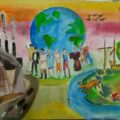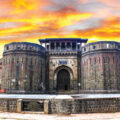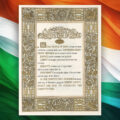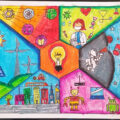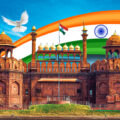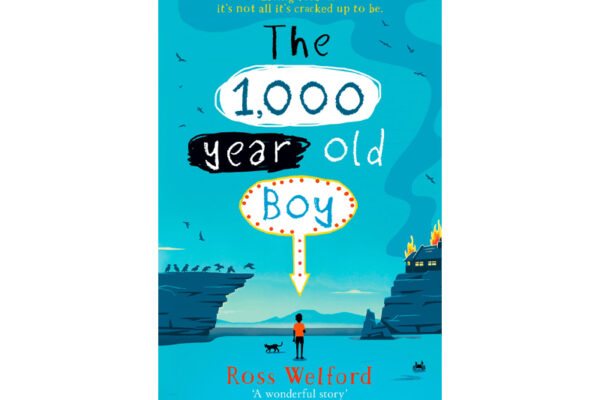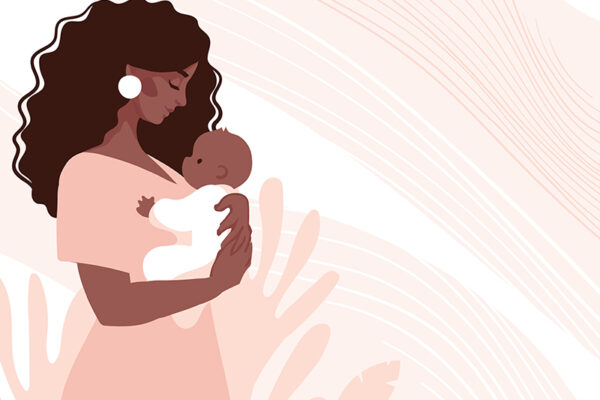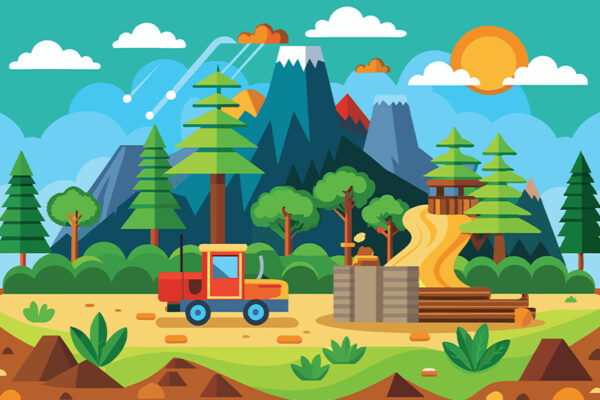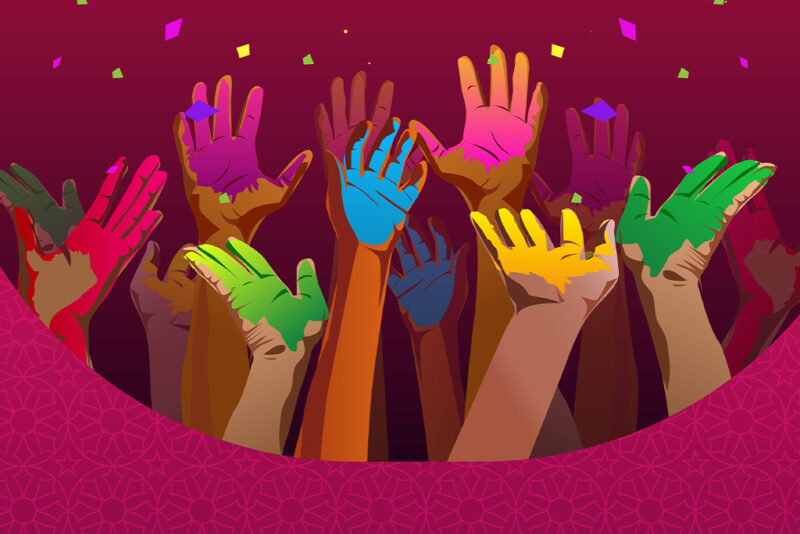
Holi, known as the Festival of Colors, is one of the most vibrant and colourful festivals celebrated in India and by Indian communities worldwide. This festival holds significant cultural, social, and religious importance, marking the arrival of spring and the victory of good over evil. For over two days, Holi brings people together, and also helps us bond with our loved ones more.
The festival of Holi started many years ago with the legend of Prahalad and the great devil Hiranyakashyap. According to facts, Hiranyakashyap was an evil king who along with the boom given by Lord Brahma that he could not be killed during day or night, inside or outside, on Earth or in the Sky, by man or animal or with any weapon, forced everyone to worship him instead of gods. However, his own son, Prahalad, remained a follower of Lord Vishnu. Angered by his son, Hiranyakashyap plotted to kill Prahalad. He tried a lot of times, but failed in many of his attempts. But then for the last tme, with the help of his sister Holika who was immune to fire, he decided to kill Prahalad. They conspired to burn Prahlad alive, but instead, Holika died in the fire while Prahlad emerged unharmed and alive, symbolizing the triumph of good over evil. Thus, Holi celebrates this victory and signifies the destruction of negativity and the emergence of positivity.
Holi is celebrated at the end of the winter season, on a full moon day on March or the Phalgun Month in the Hindu Calendar. This festival is mostly famous in the norther states like Uttar Pradesh, Bihar, Rajasthan, Maharashtra etc.
Preparations for Holi typically begin weeks before, with markets bustling with people buying vibrant colors, water guns, and sweets. On the eve of Holi, bonfires are lit to symbolize the burning of Holika and the triumph. This ritual, known as Holika Dahan, brings people together as they dance and sing around the fire.
The main celebration of Holi occurs the next day when people gather in streets, parks, and open spaces, armed with powdered colors and water balloons. Faces smeared with bright colours, laughter fills the air as friends and strangers alike join in, chasing each other. The barriers of age, gender, and social status dissolve as everyone becomes equal participants in this festival.
Music plays a central role in Holi celebrations, with traditional folk songs and dance adding to the festivities. Drumbeats vibrate through the streets, and peope do certain dances known as ‘dandiya’ and ‘garba,’ which are integral to Holi festivities in certain regions of India. These cultural expressions not only entertain but also serve as a means of traditional art forms.
Beyond its cultural significance, Holi holds another meaning for many. It symbolizes of relationships, forgiveness, and letting go of past.
May, 2024











